
Swami Chidatman Jee Maharaj

Showing all 15 books

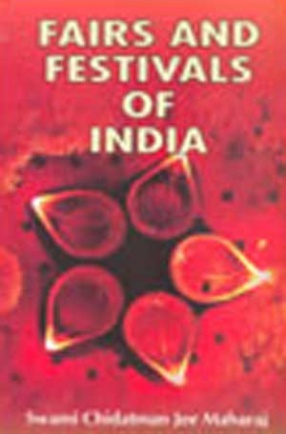
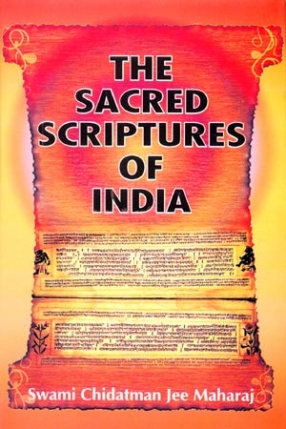
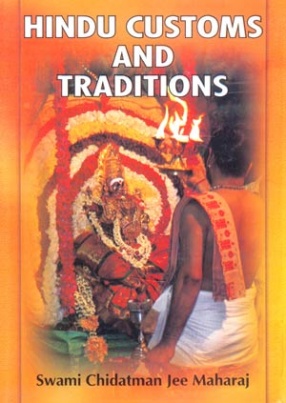

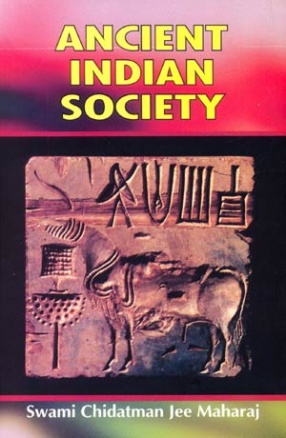
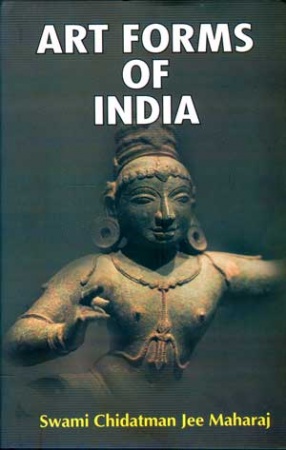

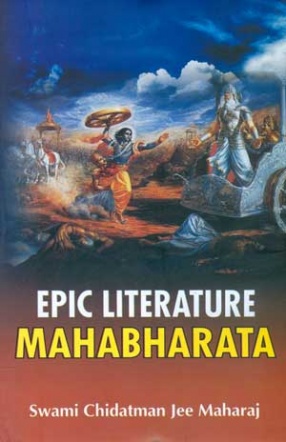
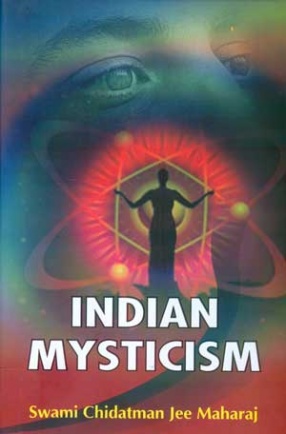
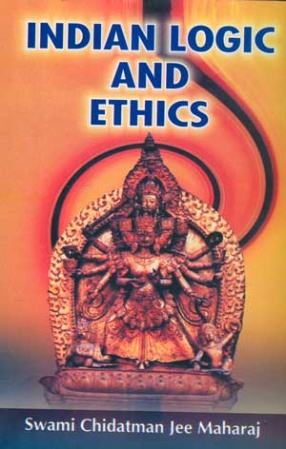
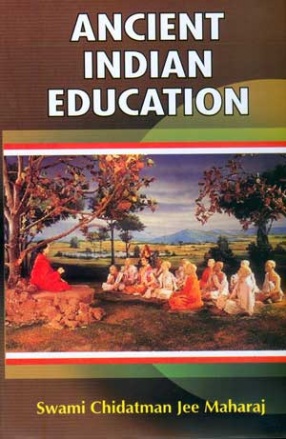




All religions have their own sacred scriptures. These scriptures are considered to be divine and holy in origin. The monotheist religions such as Islam, Christianity, etc. consider their sacred texts to be the word of their God. Hinduism is a vast religion and has various texts that they view as sacred. The Vedas are very important religious scriptures. Amongst the Vedas, Rigveda is considered to be composed between 1300-1500 BC and is considered to be ...

Each of the religions of the world has its own culture, with many customs, traditions and refined qualities. The Hindu culture is a culture of love, respect, honoring others and humbling one's own ego so that the inner nature, which is naturally pure and modest, will shine forth. In daily life, the Hindu strives to protect this innate purity by wise living, following the codes of dharma. This includes harnessing the sexual energies, associating with other ...
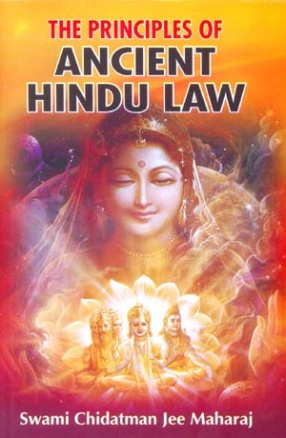
Hindu Law is mainly a law governing the Hindus. It is based on immemorial custom, and secular law which was called Dharma. Custom is a rule of action uniformly and continuously followed by the bulk of the people for a long time. Custom is recognized as an important source of all civil laws. According to 'Manu', the King must inquire into the particular laws of custom of traders.

The Patanjala Yoga philosophy, which is one of the six systems constituting Vedic philosophy, is also known as Asthanga Yoga (The yoga of eight parts or limbs) and is closely related to Sankhya and Vedantic philosophy. Asthanga Yoga is the practical manifestation of both these philosophies. This practical system attempts to understand the nature of the elusive element we know as 'mind' – its different states of being, impediments to growth, ...

When the Aryans moved into northwest India, they imposed a caste system to organize the new society created by their arrival. They initially put together a hierarchy of four varnas which later was expanded to include a fifth category. The caste system initially served to maintain rigid social boundaries between the invaders and the previous inhabitants. Over the generations, the origins were forgotten and the system became the stratification of a single society. ...

The vast scope of the art of India intertwines with the cultural history, religions and philosophies which place art production and patronage in social and cultural contexts. Indian art can be classified into specific periods each reflecting particular religious, political and cultural developments. Each religion and philosophical system provided its own nuances, vast metaphors and similes, rich associations, wild imaginations, humanization of gods and celestial ...

The 'Indian Fairy Tales' are a collection of stories that are popular since the ancient times in India. These stories have been an important part of Indian lore and are connected to Lord Gautama Buddha, much the same way as the Jataka Tales of the Buddhist literature. The various characters of these stories are linked to the previous lives of Buddha, also known by the name Bodhistta (Bodhisatva).

The Mahabharata (composed between 300 BC and 300 AD) has the honor of being the longest epic in world literature, 100,000 2-line stanzas (although the most recent critical edition edits this down to about 88,000), making it eight times as long as Homer's Iliad and Odyssey together, and over 3 times as long as the Bible (Chaitnya vii). According to the Narasimhan version, only about 4000 lines elate to the main story; the rest contain additional myths and ...

Mysticism means direct intuitive experience of the ultimate reality, by an individual. This reality could be God or self. In the Indian context, religious freedom and mystical experience go hand-in-hand. Persons who are able to achieve, direct intuitive experience with God or Supreme spirit are greatly Venerated. In Hinduism, salvation is possible to any person who strives hard for mukti or liberation, i.e. total freedom from sorrow and ignorance. Spiritual ...

Contrary to the popular perception that Indian civilization has been largely concerned with the affairs of the spirit and "after-life", India's historical record suggests that some of the greatest Indian minds were much more concerned with developing philosophical paradigms that were ground in reality. Much of how India's ancient logicians and scientists development their theories lies buried in polemical texts that are not normally thought of ...

India has a rich tradition of learning and education right from the antiquity. These were handed over generations to generations either through oral or written medium. The highly esteemed Vedas have come to down to us. They existed for nearly 2000 years before they were known in India. It was the knowledge of acoustics that enabled ancient Indians to orally transmit the Vedas from generation to generation. Institutional form of imparting learning came into' ...

All religions, including Hinduism, have sects. Hinduism is extremely catholic, liberal, tolerant, and elastic. This is the wonderful feature of Hinduism. A foreigner (visiting India) is struck with astonishment when he hears about the diverse sects he hears about the diverse sects and creeds of Hinduism. But these varieties are really an ornament to Hinduism. They are certainly not its defects. There are various types of minds and temperaments. So there should be ...
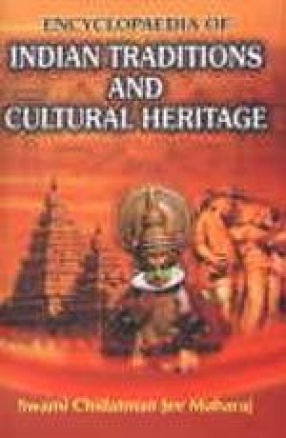
India as colourful and vibrant, a land as diverse as its people. A mosaic of faiths, cultures, customs and languages that blend harmoniously to form a composite whole. One of the world's oldest living civilizations--which gave to the world--the concept of zero, the primordial sound Aum..., Yoga and Buddhism. India is a land of staggering contrast with a mingling of the tradition and modernity that is an unique experience to be found here. One will forever ...
